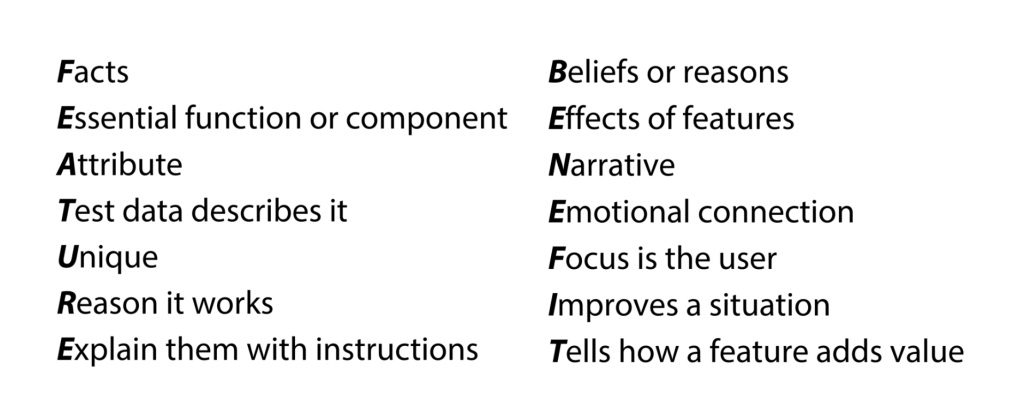
Uncovering Customer Desires: Understanding Benefits in Concept Development
In product development, we often get caught up in the technical specifications and features we’re creating, forgetting the fundamental reason we’re building products in the first place: to provide benefits that improve users’ lives. This foundational concept of benefits versus features deserves revisiting regularly, especially when we’re deep in the weeds of development work.
Benefits describe the user’s experience
Benefits are the positive outcomes and impacts that result from using your product. They’re emotional connections, narratives, and value propositions that focus squarely on how the user’s situation improves. A benefit answers the question: “How does this make the user’s life better?” Benefits can be articulated in a formula: “Our customers can use
so they can experience [this value].” This relationship between what you offer and the impact it creates forms the core of your product’s true value proposition. Benefits are why people buy products, not simply to acquire features.Features are the tangible, measurable aspects of your product
Features are the facts, essential functions, components, and attributes that can be tested and verified. Features are unique characteristics that make your product work and can usually be explained through instructions or specifications.
While features enable benefits, they aren’t benefits themselves. During concept development, teams might discuss generic features to develop design inputs, but the detailed engineering comes later. Understanding this distinction is crucial because customers don’t buy features—they buy the outcomes those features enable.

Needs represent the gap in the problem space
Needs are the difference between what users currently have and what they want. Needs characterize the problem you’re solving and typically prompt the product development project in the first place. You can examine needs through frameworks like “jobs to be done” (focusing on outcomes) or user personas (understanding motivations behind behaviors). A need statement might read: “Our customer needs to do [this] so they can achieve [that].”
While benefits and needs are distinct concepts, they’re interconnected. Benefits provide satisfaction that often addresses underlying needs.
When in concept development, target benefits
Consider the needs, absolutely. But take it further to identify and choose targeted customer benefits. Rather than focusing exclusively on engineering specific features, consider how these features link to meaningful benefits that positively impact users.
This approach ensures you’re not just solving a problem but creating value that resonates on multiple levels. It transforms functional products into meaningful experiences that customers connect with emotionally as well as practically. This shift in perspective—from features-first to benefits-first thinking—can dramatically improve your product’s market reception.
To implement this approach effectively, begin by clearly identifying the benefits you want your product to deliver. Then work backward to determine which features and other offerings (like customer service) will enable, or drive, those benefits. This ensures features contribute meaningfully to the user experience and helps you design your offerings as a whole.
As you test and validate your product, measure not just whether features work as specified and fill the need. Include some datapoints about whether they successfully deliver the intended benefits. This benefit-centered validation provides deeper insights into your product’s true effectiveness and helps prioritize features that matter most to users.
Other podcast episodes you may like:
The Hidden Costs of Poor Concept Development in Product Design
Leave a Reply